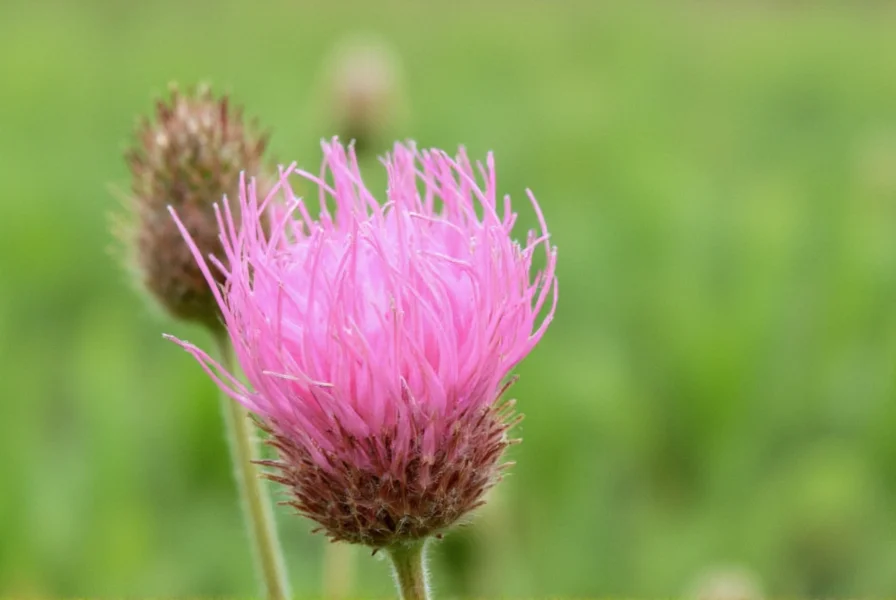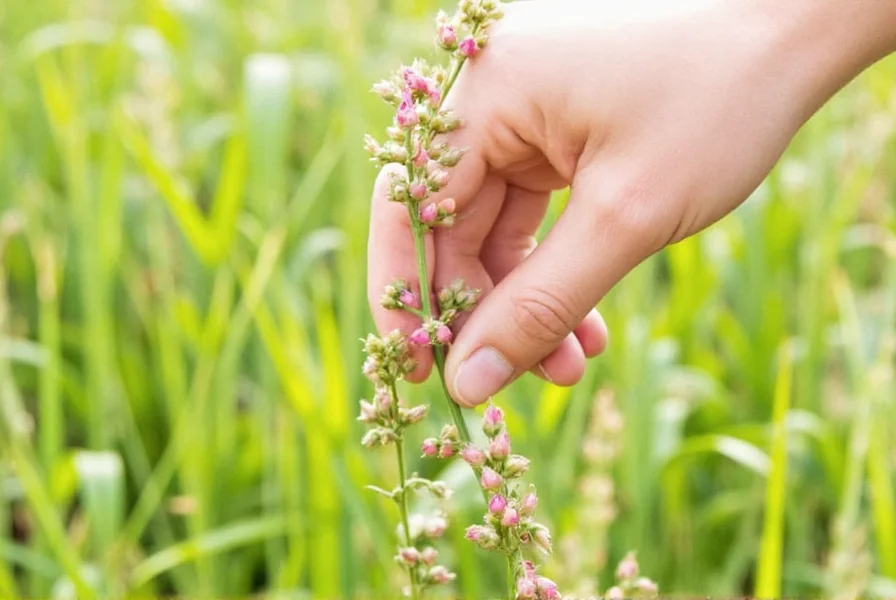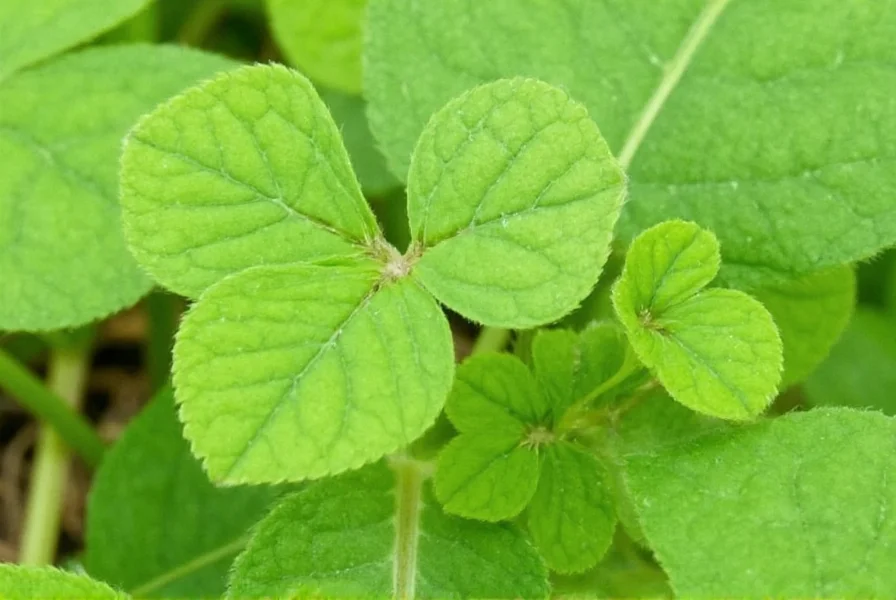Sweet clover, belonging to the Melilotus genus with approximately 20 species, has played a surprisingly significant role in both agricultural history and modern medicine. This biennial plant, characterized by its distinctive sweet smell (especially when dried) and clusters of small white or yellow flowers, grows commonly in fields, along roadsides, and in disturbed soils across temperate regions worldwide. Understanding sweet clover benefits and risks requires examining its complex chemical composition and historical context.
Botanical Characteristics and Identification
Sweet clover can reach heights of 3-8 feet when mature, with erect, branched stems and trifoliate leaves similar to other clover varieties. The key distinguishing feature is its sweet, hay-like fragrance, particularly noticeable when the plant is crushed or dried. Two primary species exist:
| Species | Flower Color | Height | Distinguishing Features |
|---|---|---|---|
| Melilotus officinalis | Yellow | 3-8 feet | More common in North America, slightly taller |
| Melilotus albus | White | 2-6 feet | More widespread globally, slightly shorter |
Accurate identification of sweet clover plants is crucial, as it's often confused with other clover varieties. Unlike red or white clover (Trifolium species), sweet clover has a more elongated flower cluster and produces a distinctive sweet aroma when dried due to its coumarin content. This difference between sweet clover and regular clover matters significantly for both agricultural and medicinal applications.

Historical Significance and Medical Discovery
The story of sweet clover took a dramatic turn in the 1920s when North American farmers began reporting mysterious bleeding disorders in cattle that had consumed moldy sweet clover hay. This phenomenon, later termed "sweet clover disease," puzzled veterinarians until 1933 when Wisconsin chemist Karl Paul Link isolated the compound responsible: dicoumarol.
This discovery proved pivotal. Dicoumarol, formed when coumarin in sweet clover undergoes fungal metabolism, became the foundation for developing warfarin—one of the most widely used anticoagulant medications today. Originally introduced as a rodenticide, warfarin's medical application for preventing blood clots revolutionized cardiovascular treatment. Understanding sweet clover coumarin content and its transformation into active compounds remains essential for both agricultural safety and pharmaceutical applications.
Chemical Composition and Biological Activity
The primary compound in fresh sweet clover is coumarin, a fragrant organic compound responsible for the plant's characteristic scent. When sweet clover spoils or becomes moldy, certain fungi convert coumarin into dicoumarol, a potent anticoagulant. This biochemical transformation explains why properly dried sweet clover hay is generally safe for livestock, while moldy hay poses significant risks.
Beyond coumarin derivatives, sweet clover contains various flavonoids, tannins, and volatile oils that contribute to its traditional medicinal uses. Research into melilotus officinalis medicinal uses has focused on its potential anti-inflammatory, venotonic, and mild sedative properties, though clinical evidence remains limited compared to established pharmaceuticals.
Agricultural Benefits and Applications
Despite its risks, sweet clover offers substantial agricultural value when properly managed:
- Nitrogen fixation: As a legume, it enriches soil by converting atmospheric nitrogen into usable forms
- Soil improvement: Deep taproots break up compacted soil and improve structure
- Erosion control: Extensive root systems stabilize soil on slopes and disturbed areas
- Pollinator support: Abundant nectar attracts bees and other beneficial insects
When used as sweet clover for livestock feed, proper harvesting and storage techniques prevent dicoumarol formation. Farmers typically cut sweet clover when 10-20% of plants are flowering, allow thorough field drying, and store hay with adequate ventilation to prevent mold development.
Medicinal Uses and Safety Considerations
Traditional herbal medicine has employed sweet clover preparations for various conditions, including varicose veins, hemorrhoids, and minor wounds. However, modern applications require extreme caution due to the anticoagulant properties.
Those considering sweet clover tea preparation should understand the significant risks involved. Improper preparation can lead to dangerous levels of dicoumarol, potentially causing internal bleeding, especially when combined with prescription blood thinners. Pregnant women, individuals with bleeding disorders, or those scheduled for surgery should avoid sweet clover entirely.

Safe Handling and Cultivation Guidelines
For those interested in growing sweet clover, whether for soil improvement or limited medicinal use, proper handling is essential:
- Harvest plants when fully mature but before seed set for optimal chemical profile
- Dry thoroughly in well-ventilated areas away from moisture
- Store in airtight containers away from light and humidity
- Test for mold before use—any discoloration or musty smell indicates potential dicoumarol formation
- Consult with a qualified healthcare provider before internal use
Gardeners should note that sweet clover can become invasive in some regions. Its deep taproot makes established plants difficult to remove completely. Consider planting in contained areas or choosing less aggressive cover crop alternatives if invasiveness is a concern in your region.
Conclusion
Sweet clover represents a fascinating intersection of botany, agriculture, and medicine. Its journey from problematic forage plant to the foundation of life-saving medications demonstrates nature's complex chemistry. While sweet clover benefits and risks must be carefully balanced, respectful understanding of this plant allows us to harness its advantages while avoiding potentially dangerous complications. Whether you're a farmer, gardener, or simply curious about plant-based remedies, approaching sweet clover with informed caution ensures safer interactions with this historically significant plant.
Frequently Asked Questions
What's the difference between sweet clover and regular clover?
Sweet clover (Melilotus species) differs from regular clover (Trifolium species) in several key ways. Sweet clover has a distinctive sweet fragrance (especially when dried), grows taller (3-8 feet), features elongated flower clusters, and contains coumarin that can convert to the anticoagulant dicoumarol when moldy. Regular clovers like red or white clover lack significant coumarin content and don't pose the same bleeding risks.
Can sweet clover be safely used as herbal medicine?
Sweet clover carries significant risks that generally outweigh potential benefits for self-medication. The unpredictable conversion of coumarin to dicoumarol makes dosage control impossible, potentially causing dangerous bleeding. While historical preparations existed for conditions like varicose veins, modern medicine offers safer, standardized alternatives. Anyone considering melilotus officinalis medicinal uses should consult a healthcare provider first, especially if taking blood thinners or having surgery planned.
How can farmers prevent sweet clover disease in livestock?
Farmers can prevent sweet clover disease by ensuring proper hay drying and storage. Cut sweet clover when 10-20% of plants are flowering, allow thorough field drying (minimum 48 hours), and store hay with adequate ventilation to prevent mold development. Testing suspect hay for dicoumarol content before feeding is recommended. If moldy sweet clover must be fed, it should be mixed with safe forage and vitamin K administered as a preventive measure under veterinary guidance.
Is sweet clover dangerous to humans?
Sweet clover poses risks to humans primarily through improper herbal preparations. Moldy sweet clover contains dicoumarol, which can cause severe bleeding disorders similar to warfarin overdose. Cases of internal bleeding have occurred from consuming improperly prepared sweet clover tea or supplements. The plant is generally safe to handle externally, but internal use carries significant risks that outweigh potential benefits for most people.
What are the agricultural benefits of growing sweet clover?
Sweet clover offers several agricultural benefits when properly managed: it fixes nitrogen in soil through root nodules, improves soil structure with its deep taproot system, prevents erosion with extensive root networks, and provides abundant nectar for pollinators. As a cover crop, it suppresses weeds and adds organic matter when tilled under. However, farmers must carefully manage harvesting and storage to prevent dicoumarol formation in hay intended for livestock feed.











 浙公网安备
33010002000092号
浙公网安备
33010002000092号 浙B2-20120091-4
浙B2-20120091-4